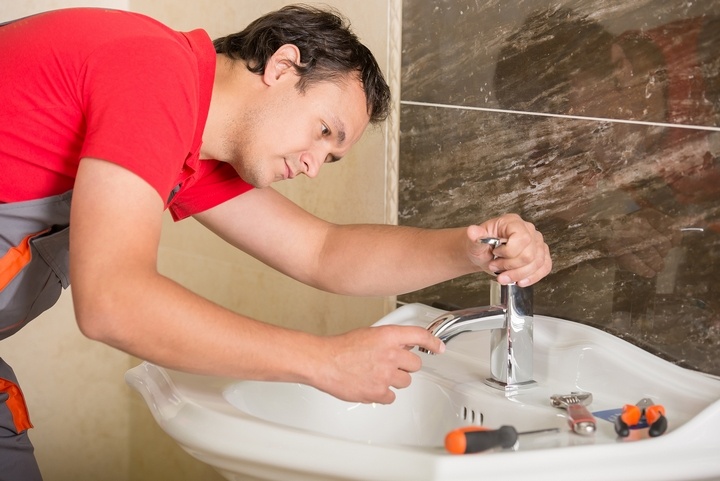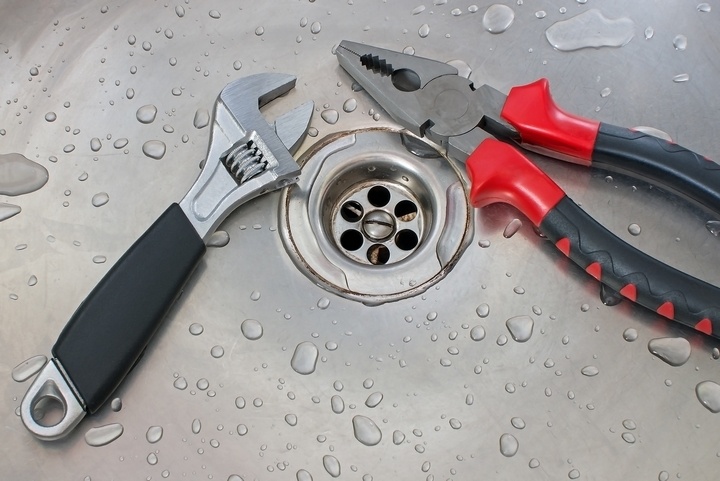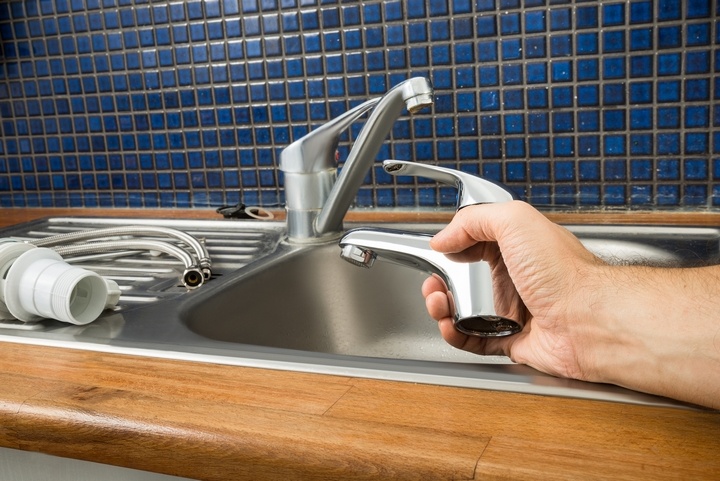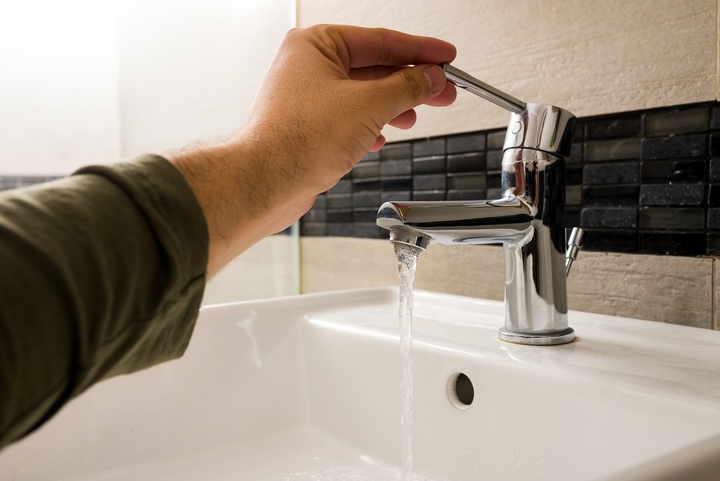How to Fix Leaking Faucet Base at Home

The plumbing in our home are supposed to function smoothly. No plumbing issue should arise in the long term. Unfortunately, while this is an ideal way to think about it, that is not always the case. Plumbing can break down from time to time.
Sometimes, there might be issues with the faucet connected to your sink or sinks. There could be a time when the base around the faucet begins to leak. Over time, this issue can exacerbate into something much more troublesome to deal with. Fortunately, it is possible to fix the leaking faucet base, either with a plumber or as a do-it-yourself project.
Let’s learn how to fix a leaking faucet base at home:
Step #1: Look for Faucet Leaks

A small leak near the faucet may not be as big of a deal as you’d initially think. However, leaks could be permeating elsewhere from the sink itself. For the most part, these leakages are interconnected in some shape or form. That is why it is essential to look for other signs of leaks where they may be present.
A good way to investigate this at the onset is to turn your faucet on and see where water spouts out from. Or, if you hear constant dripping noises coming from your kitchen or bathroom sink, it could be a sign. Make sure to create notes about this so that you can promptly fix the designated leak.
Step #2: Cover the Faucet Base

The first step you should do regarding a leaking faucet base is to simply cover the leaking area. Grab a cloth or a few paper towels, and place it underneath the spout itself. If the leak is more problematic than it appears to be, the water on the chosen cloth will be wet. How wet it becomes is ultimately dependent on how severe of a leak you have to deal with!
Step #3: Identify the Faucet Brand

While it may not seem so on the surface, faucet brands can be somewhat different than other types. That is because each manufacturer has its own set of designs for making the faucet itself. As a result, you will need to identify the brand of your faucet before a repair can begin.
Check the model number that came with the faucet, or look it up on an applicable website. The details you find here will tell you how to proceed effectively. Moreover, the instructions and details you find here will show you how to assemble or reassemble a base. All of this information goes a long way eventually.
Step #4: Get Your Plumbing Tools

Now, the fun part of the repair job can begin. Should there be a pesky leak coming from the faucet’s base, you will need to get your hands on the right equipment. For starters, get a good wrench, screwdriver, and some pliers just in case. These three tools will allow you to disassemble the faucet and fix the base in due time.
Shut off the water supply, and turn off the respective water valve in your home. This will prevent water from streaming out of the faucet while working on the case. You will also want to cover the drain in the sink since there is a potential for small parts to enter here.
Step #5: Disassemble the Faucet

The tools you have acquired will now have to be put to good use. Start by using the applicable tools to take apart the valves. Once you take out a key component, place it down in an area close to you. They will be needed again in short order; do not forget which part belongs where!
Step #6: Replace Damaged Faucet Parts

You should now take the time to investigate the parts that have become damaged in the base. There are many signs of wear and tear to be on the lookout for, such as cracks or grime buildup. Most leaks are due to these areas becoming damaged beyond repair.
If they do not need full replacing, thoroughly clean them up using the right cleaning materials. A good way to conduct cleaning is to soak each component in warm water and vinegar. They will be back to normal after waiting for time to elapse accordingly.
Step #7: Reassemble the Faucet

After everything has been fixed properly, the last step is to simply put it all back together again. Follow the same steps you used for disassembling the faucet, but in reverse. Should any leaks persist, you will most likely have to call in an expert for assistance. It never hurts to have a backup plan, should you need it!


















